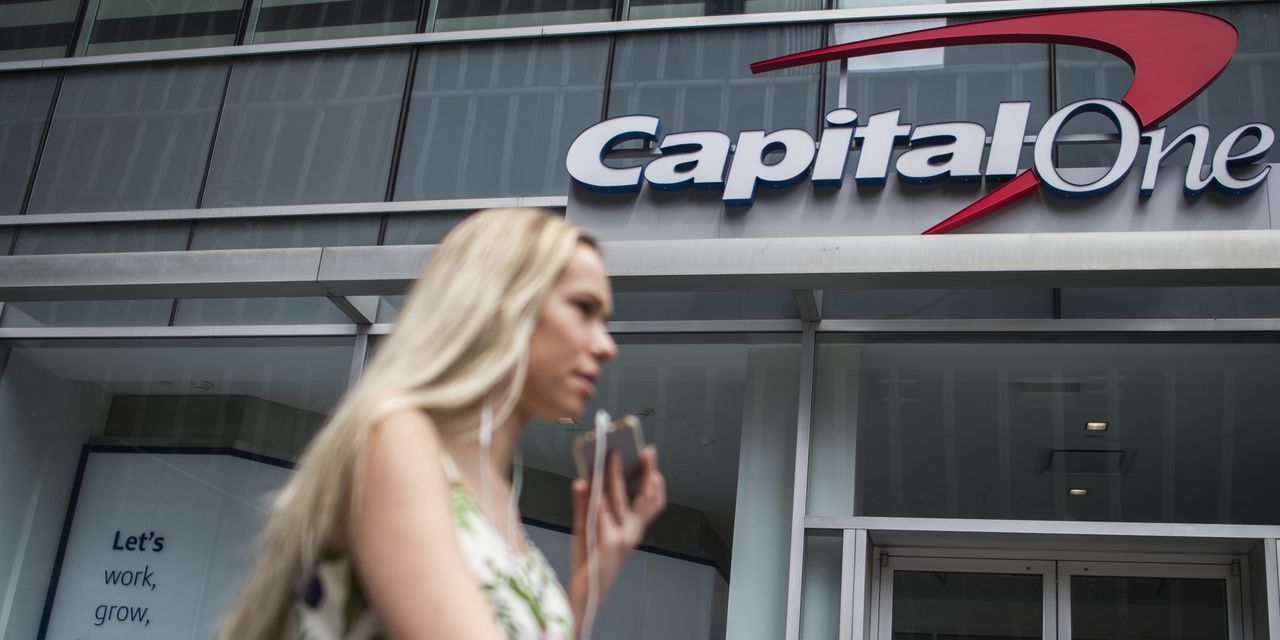The numbers: Commercial and industrial loans — a key driver economic driver — fell by $7.9 billion to $2.75 trillion in the week ended June 28, the Federal Reserve said Friday.
C&I loans hit a peak of $2.82 trillion in mid-March, right before the collapse of Silicon Valley Bank.
Key details: Total bank deposits slipped by $900 million to $17.34 trillion in the same week. Deposits peaked at $18. 21 billion in mid-April.
The Fed has created an emergency backstop program so that banks won’t have to sell assets into the market if customers pull deposits in search of more attractive yields for their savings.
Big picture: Analysts are using the Fed data on lending to keep track of the flow of credit to the economy. If banks pull back lending too much, it can freeze the economy in a so-called “credit crunch.”
But in the past few weeks, some economists, and Fed officials, think the worry about a credit crunch was overblown.
These adverse developments, however, reflect idiosyncratic events triggered by rising rates on the liquidity portfolios of a handful of poorly managed institutions. There are not a sign of a systemic weakness in the economy.
Steve Ricchiuto, chief U.S. economist at Mizuho Securities, said that the collapse of SVB and a few other banks were “idiosyncratic.”
“The nature of these events became apparent over the last four months as the forecasted credit crunch has turned out to be a mild credit squeeze,” Ricchiuto said.
Other economists think that banks will slowly pull back and that the impact won’t be felt on the economy until late fall or early winter.
Market reaction: Stocks
DJIA,
SPX,
COMP,
finished lower on Friday, leading all three major indexes to have a weekly loss. The yield on the 10-year Treasury note
TMUBMUSD10Y,
rose to 4.047%, its highest close since March 2.
Read the full article here





